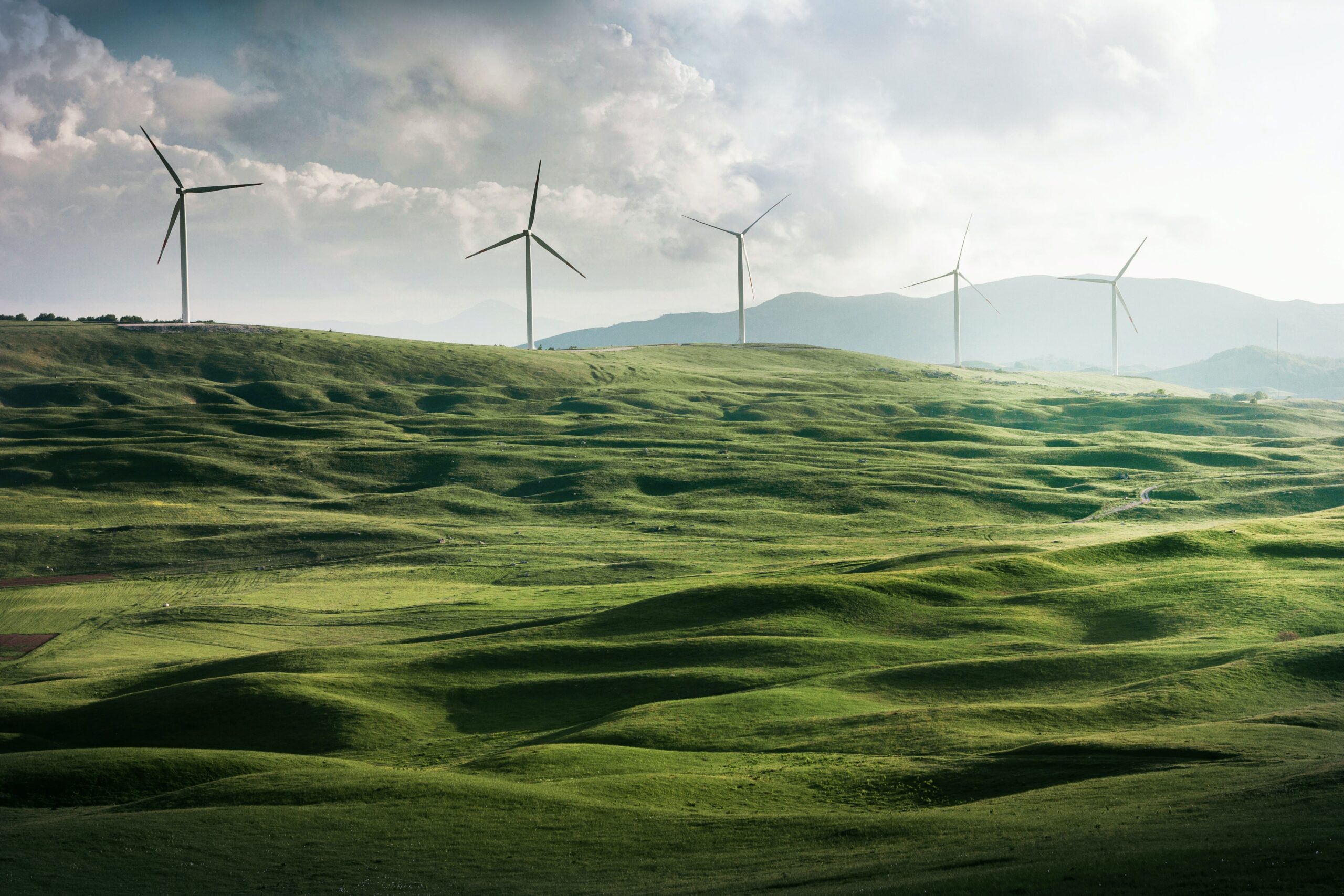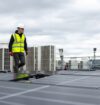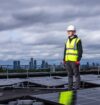Advances in Tidal Technology – the UK leads the way
8th International Tidal Energy Summit hears about how to harness marine renewables for energy, climate change and energy security
Although there are many different designs, technologies and financial approaches in the developing Tidal Power industry, a number of key points emerged from the 8th International Tidal Energy Summit held in London from 25th to 26th November 2014. Martin Wright, Chairman of Mojo Maritime, said, “Tidal power is an enormous opportunity, given its high-energy capture, particularly when combined in the grid with fast-acting fossil fuel generation and pump storage,”
Tidal is at a critical stage of development, with several projects well advanced, but the sector is not yet at the commercial array stage. The UK leads the world in Tidal Energy development. However competitors are not far behind, including France and China. The advantage of tidal power is that it is predictable, regular energy, which of course also reduces fossil fuel emissions and would not be subject to geopolitical problems like imported gas.

The UK government has pledged to support the industry with 15 year contracts, a strike price of £305 per MWh, which is more than any other renewable, in recognition that the industry needs support for it to mature, and 100 MW of tidal generation capacity ring-fenced till 2019. The industry has had setbacks recently, with Siemens looking to pull out of the Marine Current Turbines project in Strangford Lough in Northern Ireland and waver power company Pelamis going into administration, but many companies are developing designs, and the necessary infrastructure and supply chain for the industry to flourish, so there is good news for the sector. Finance remains difficult to access in the current economic climate but if the companies involved are as ingenious with their balance sheets as they are with their designs a way will be found to get projects in the water. Britain has the world’s leading marine energy testing centre, EMEC, based in the Orkneys, to facilitate design, operations and testing.
Above is Mojo Maritime’s design for the HF4, a specialised dynamic positioning vessel able to operate in difficult weather and up to 10 knots of current, to install or maintain tidal or wave machines, and their associated cables, power hubs, in a highly efficient and cost effective way.

Another project that looks very significant is the plan to create a tidal lagoon in Swansea Bay, which would deliver 320 MW of electricity, enough to power 155,000 homes. This technology is very mature, for example the French have had a tidal lagoon power station going for 50 years, and it could be the first of six around the UK, delivering reliable baseload power to the grid.
Ed Davey, The Secretary of State for Energy and Climate Change addressed the conference, “The UK is the world’s foremost centre for tidal energy development. You are the world’s foremost experts, pioneers seeking to exploit what is one of the last untapped renewable resources. And this Government has been determined to maintain that world leading position.” He noted that energy security was becoming increasingly important, and that therefore developing more renewable power was not altruistically green but a political and economic necessity.
http://www.tidallagoonswanseabay.com/
Visit GreenJobs for the latest Tidal Energy Jobs, Marine Energy Jobs and Marine Jobs.




